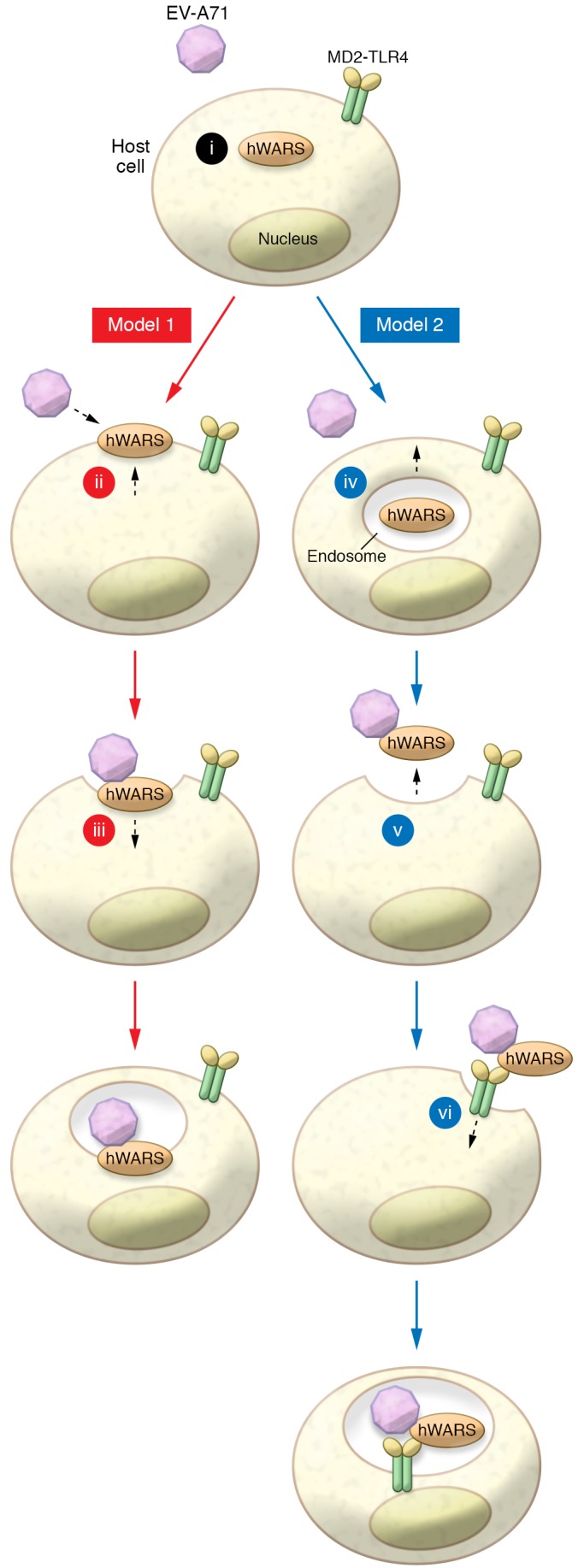Figure 1. Possible mechanisms to explain surface expression of a tRNA synthetase.

hWARS is typically expressed as a cytoplasmic protein (i); however, in this issue, Yeung et al. demonstrate that hWARS is secreted in response to IFN-γ stimulation, and the secreted form binds to and promotes entry of EV-A71. In Model 1, hWARS is directly transported and anchored to the plasma membrane by an unknown mechanism (ii). EV-A71 then enters cells by binding to hWARS on the surface (iii). In Model 2, hWARS is enclosed in a vesicle in the cell (iv) and is released into the extracellular medium, probably after fusion of the vesicle with the cell membrane (v). Free hWARS (iv) then binds to virus, with the complex entering cells via binding to MD2-TLR4 or another surface membrane–bound protein. At this point, the entire EV-A71–hWARS-MD2-TLR4 enters the cell via endocytosis, prior to RNA delivery into the cytoplasm.
